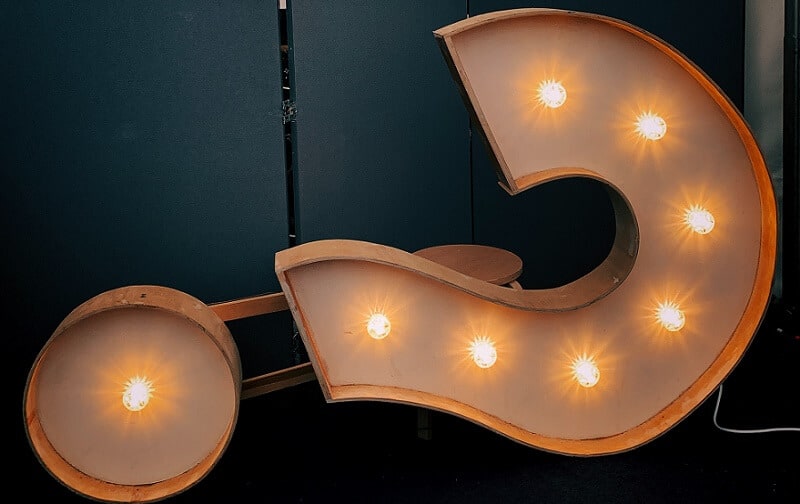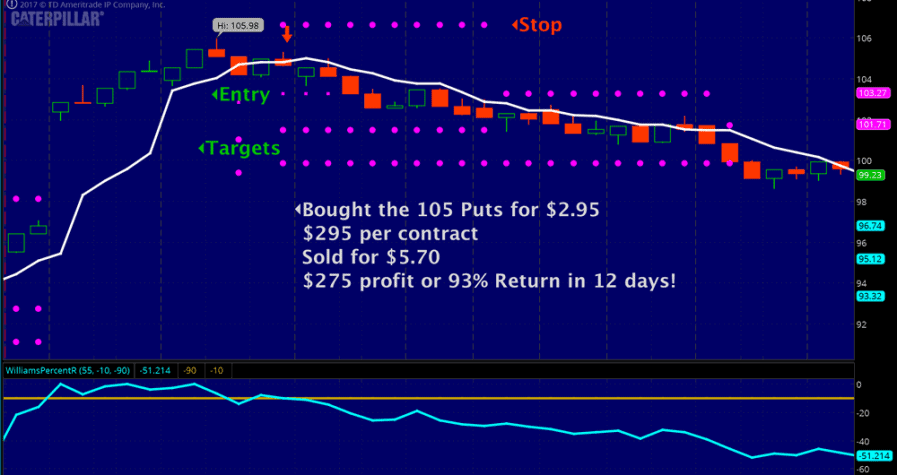Tom next – buy and sell over two separate business days
3 min read
by Gorica Gligorijevic
Tom next is a short-term transaction in foreign exchange when you buy and sell currency together over two separate days. Actually, it is a business day we are talking about. One day is tomorrow in the sense of one business day. The following day in sense of two business days from today is known as the spot date.
The main aim of this transaction is the traders and investors keep their position and are not forced to exercise real delivery.
So, suppose you already know that in the Forex market, each transaction carries an attached value date. That is the date when buying or selling activities will hit their value. The value date happens 2 business days after the transaction is executed. The profit or loss generated by the buying and selling is settled into a particular account.
To be more clear, when you take a position in a currency it is expected that you will deliver the currency in two days. But, a lot of Forex traders are gambling and don’t even think of taking delivery on the currency.
That is the point where tom next comes to the scene.
If you open and close a position in the same business day, the value dates will be identical for every transaction. Your positions will not be carried over into the next day. Your payment has already been accomplished and will complete on the same value date.
In currency trade, delivery happens two days after the date of the transaction. Tom next trade occurs because the majority of currency traders want their positions to be rolled-over daily. Their goal is not taking delivery.
The purpose of tom next is to restrict traders from having to take delivery of currency and keep their forex positions open to the next day.
Like stocks, forex trades end when the trader takes delivery of the asset. In forex, the delivery day is two days after any transaction. That is the spot date, but tom-next can be applied to prolong the trade after this date. So, the position will be extended by using tom next and you’ll be able to swap any overnight positions for an equal contract that begins the next day. The difference between these two arrangements is the tom next adjustment rate.
So, this simultaneous transaction is a Forex swap.
Depending on what currency you hold, you’ll be charged or earn a premium. If you are holding high yielding currencies you will roll it over at a more pleasant rate (minimum is the best) because of the interest rate differential. This differential is the cost of “carry”.
For example, if two currencies have the same interest rates, they will be swapped at an identical rate.
If you choose not to roll over your position you will be forced to take delivery of that currency. Well, this is unusual, so the tom next transaction is basically the prolongation of your position.
The policy of rolling a position over is more valuable in commodities trading. If it is not finished, you will be left with the delivery of the underlying assets.
 How does it work?
How does it work?
Your broker will swap or rollover your position for a new deal that starts the next day. The final result is an adjustment, higher or under, to the opening price for your position on the next day. You will see a tiny difference in the opening price from one day to another day.
Your broker will debit or credit your trading account depending on the change in interest rate. Let’s say you are long with a currency with a higher interest rate.
What your broker will do?
Your broker may credit your account with interest payments. However, if you are long with a currency with a lower interest rate, your broker will pay interest payments from your account.
A tom next will not be applied if you close the position the same day before 17:00 EST. How? There is no overnight delivery involved.
How do you calculate tom next?
The calculation is based on the closing level of the former position, and the change in interest. Swap points plus any interest on your unrealized profit or loss will produce the change on your account.
Rollovers that appear on Wednesday will have an added two days worth of interest. You know, for the weekends the banks are not working, so the broker will automatically credit or debit your account.
Tom next example
For example, you are long USD/EUR at rollover and the average entry price is 120.00. In this case, you select to hold your position. Let’s say, just for the purpose of this example, the quote for the tom next swap points received from the bank is 0.025 – 0.012.
What will happen? Do you remember, this is a simultaneous transaction?
A rollover, your broker will sell and buy USD, and at the same time buy and sell EUR. The final result is that you get a bid rate of 0.012 in your favor. The average price of your position will diminish by the number of Tom-next swap points.
The adjusted price of your position will be
120.00-0.012 =119.988
Tom next adjustment is used to calculating the overnight funding charge on your trading position. You have to pay it if you want to keep your trade open for more than one business day.
The rates can be changed on a daily basis because they are based on the underlying market price.
If you want to buy a currency with a higher interest rate, you will get an interest payment. Hence, if you choose to buy a currency with a lower interest rate, you will pay interest. This payment is known as the cost of carry.
You might also like:
>>> Best Trading Strategy Without Indicators In Forex
>>> How to Use Technical Indicators to Analyze Stocks?
>>> MACD Indicator – Moving Average Convergence Divergence
>>> Indicator Trading And How To Use It
>>> P/E Ratio An Quick Method to Value a Stock





